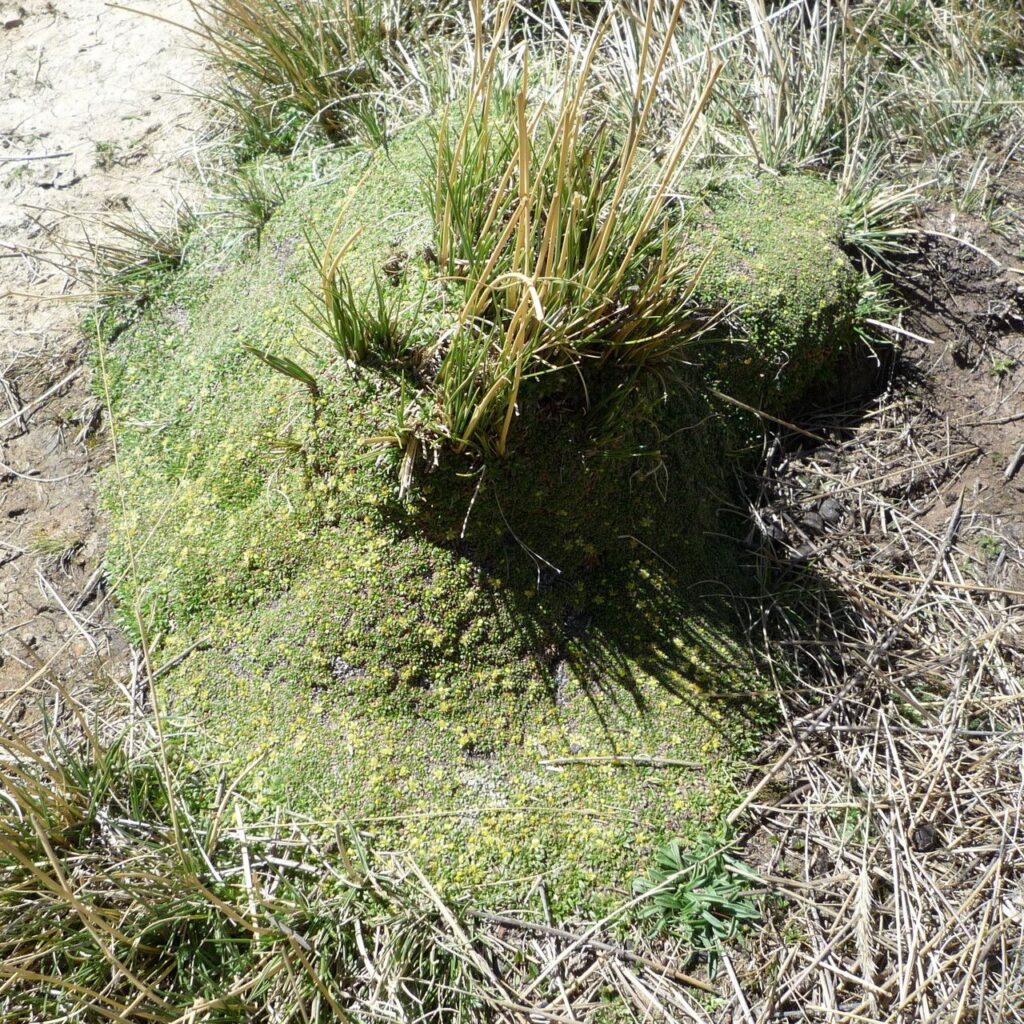Propagating Azorella diapensioides: A Gardener’s Challenge and Reward
Introduction:
Azorella diapensioides, commonly known as cushion plant or "yareta," is a fascinating, slow-growing, evergreen subshrub native to the high Andes of South America. Its dense, compact cushion-like form, composed of tiny, overlapping leaves, makes it a highly prized ornamental plant for rock gardens, alpine gardens, and xeriscaping. Its resilience to harsh conditions and unique aesthetic appeal have fueled its popularity amongst gardeners, though propagating this remarkable plant presents a significant challenge. The slow growth rate contributes to the difficulty, and success often requires patience and a keen understanding of the plant’s needs.
Seed Germination:
Currently, there are no known reliable methods for seed germination propagation of Azorella diapensioides. While seeds may be produced, their germination rate is reportedly extremely low, and successful germination under cultivated conditions remains elusive. Further research into specific stratification techniques or hormonal treatments may be necessary to unlock the secrets of seed germination in this species.
Cuttings:
Cuttings offer a more promising, albeit still challenging, avenue for propagating Azorella diapensioides.
-
Challenges: The slow growth rate extends to cutting propagation. Rooting is difficult and requires meticulous attention to detail. The high altitude origin suggests a predisposition to fungal infections, especially in humid conditions.
-
Practical Tips: Semi-hardwood cuttings taken in late spring or early summer show the most promise. Use a sharp, sterile blade to take cuttings of approximately 5-7cm in length, ensuring a clean cut to minimize fungal attack. A rooting hormone can improve success rates. Plant cuttings into a well-draining mixture (e.g., a peat-perlite blend) and maintain high humidity (e.g., using a propagator or humidity dome). Consistent moisture, but not waterlogging, is crucial. Avoid direct sunlight. Rooting may take several months.
- Rewards: Successfully rooted cuttings offer a clone of the parent plant, maintaining desirable traits. This method is suitable for smaller-scale propagation within a garden setting.
Division:
Division is arguably the most reliable method of propagating Azorella diapensioides.
-
Challenges: Due to the plant’s slow growth and tightly packed structure, division should only be attempted on mature plants, preferably those that have formed substantial root systems. Dividing too aggressively can damage the plant and hinder or even prevent recovery. Care is needed to avoid tearing the fragile roots.
-
Practical Tips: Division is best undertaken during spring or early autumn when the plant is actively growing or preparing for new growth. Use a clean, sharp knife or spade to carefully separate sections of the plant, ensuring each division has a healthy root system and sufficient foliage. Plant the divisions immediately in a well-draining, well-prepared soil mix. Water gently.
- Rewards: Division allows for increasing the number of plants relatively quickly compared to cuttings, yielding larger specimens more efficiently and preserving the genetic characteristics of the parent plant.
Tissue Culture:
Tissue culture presents a largely unexplored avenue for Azorella diapensioides propagation.
-
Challenges: The lack of established protocols for this species presents a considerable challenge. Finding suitable media and growth regulators to initiate and maintain sterile proliferation will require experimentation and specialized laboratory equipment.
-
Practical Tips: Research into tissue culture protocols for similar species with similar growth habits may provide a starting point.
- Rewards: Tissue culture, if successfully implemented, would offer the potential for large-scale propagation, genetic preservation, and disease elimination, making it invaluable for conservation and commercial applications. However, it requires considerable expertise and resources.
Conclusion:
Propagating Azorella diapensioides presents a unique horticultural challenge, demanding patience, precision, and a thorough understanding of the plant’s specific requirements. While seed germination offers little hope currently, cuttings and division give more realistic prospects for increasing plant numbers, with division emerging as the most reliable method for home gardeners. Tissue culture offers a tantalizing, though resource-intensive, path to large-scale propagation and potential for conservation efforts. The journey, however, is ultimately rewarding. The satisfaction of nurturing these tenacious miniature wonders from cutting or division, understanding their every need, and witnessing their slow, steady growth makes the effort all the worthwhile, a testament to the perseverance of both plant and propagator alike. Don’t be discouraged by initial setbacks; each attempt, even failure itself, offers valuable lessons in cultivating this remarkable plant.
